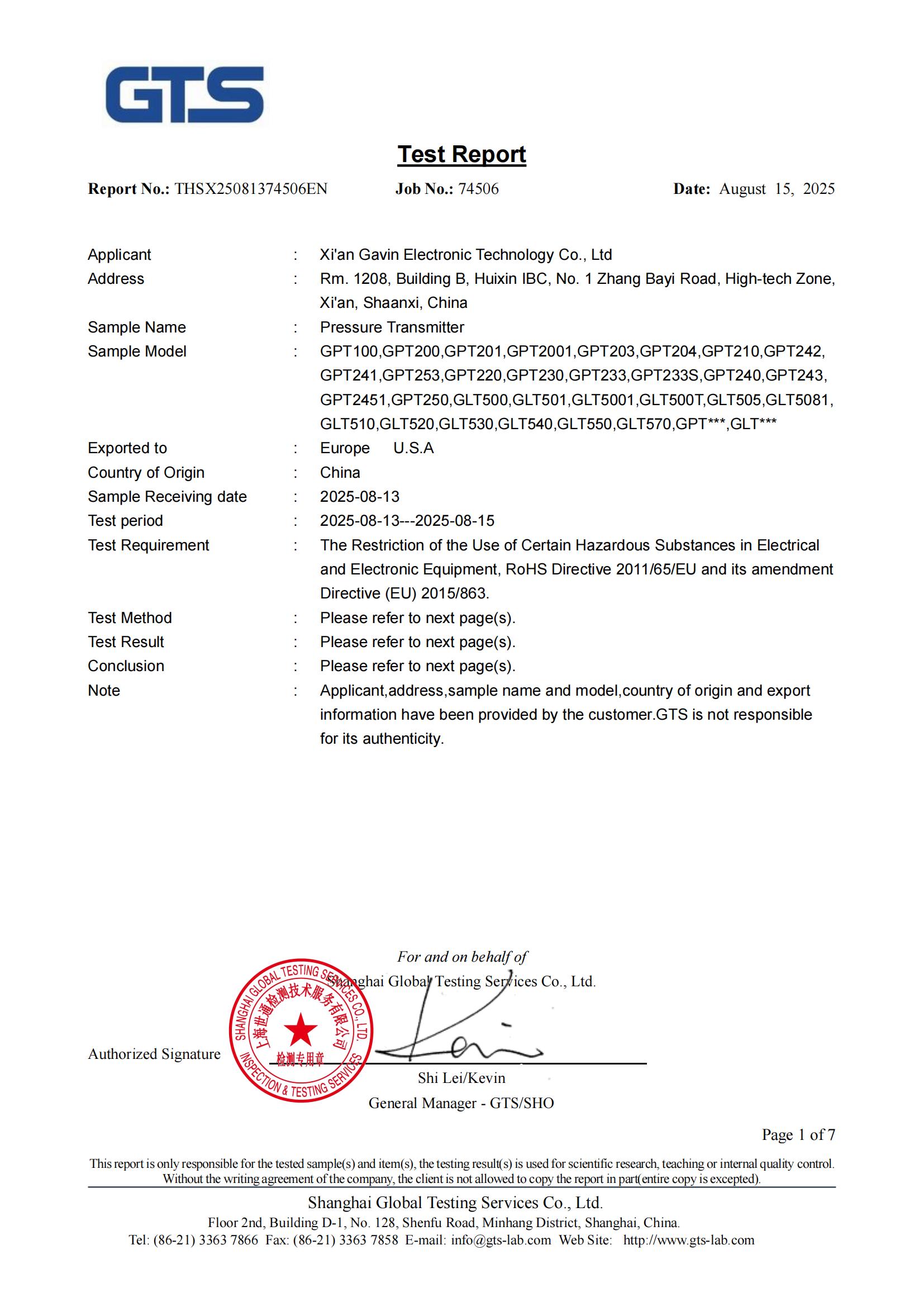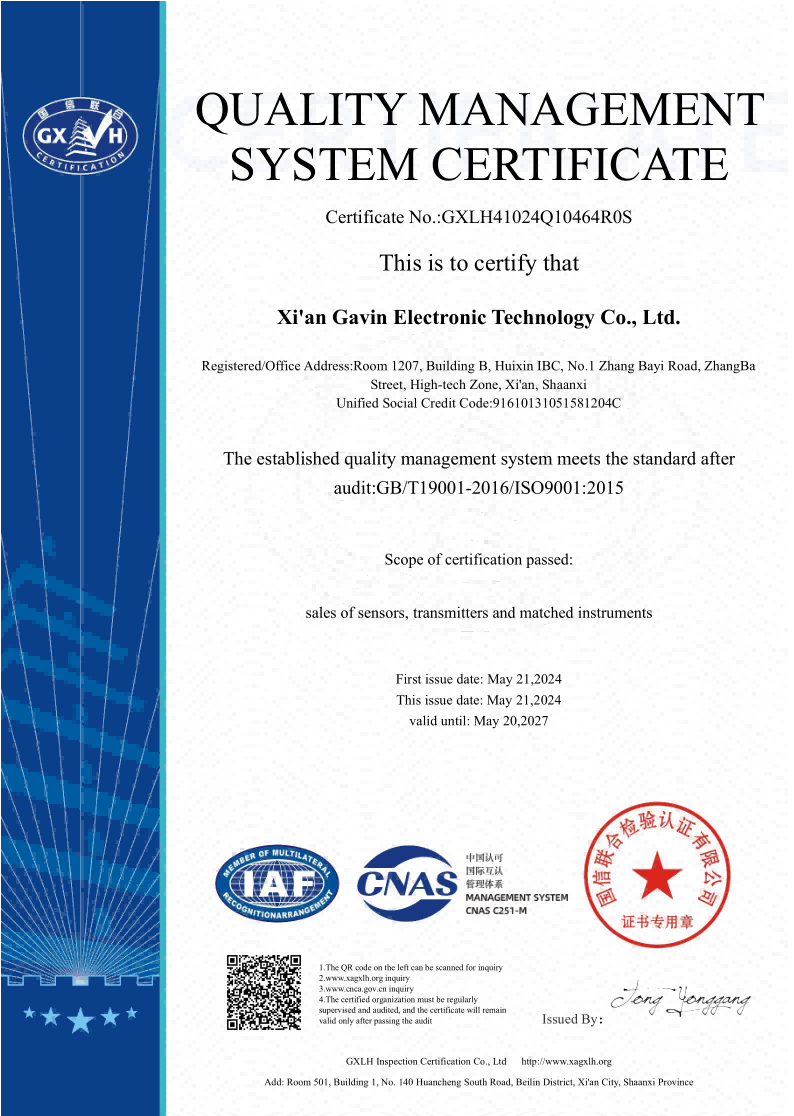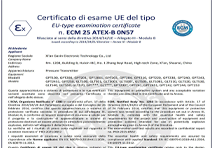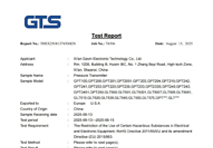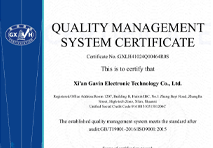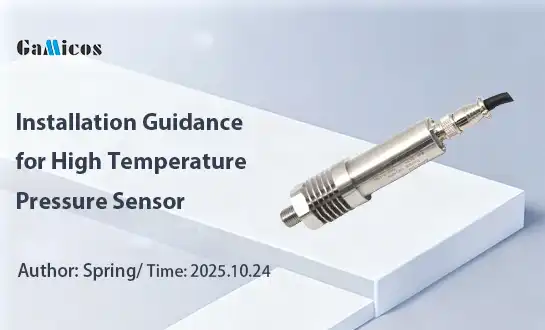How to Calibrate a High Temp Pressure Transducer for Steam?
Step-by-Step Calibration of High Temperature Pressure Transducers
Calibrating a high temperature pressure transducer for steam involves several key steps. First, ensure the transducer is properly installed and connected to a calibration system. Next, gradually increase the pressure and temperature to mimic steam conditions while comparing the transducer's output to a reference standard. Make adjustments to the transducer's calibration settings as needed to align its readings with the reference. Finally, verify calibration across the full operating range and document the results. This process requires specialized equipment and expertise to handle high temperatures and pressures safely and accurately.
Step-by-Step Calibration of High Temperature Pressure Transducers
Proper calibration of high temperature pressure transducers is crucial for accurate steam pressure measurements. Let's break down the process into manageable steps:
Preparation and Safety Measures
Before beginning the calibration process, it's essential to prioritize safety and proper preparation. This step is critical when dealing with a high temperature pressure transducer:
- Ensure all personnel involved are properly trained in handling high-temperature and pressurized systems.
- Wear appropriate personal protective equipment (PPE), including heat-resistant gloves, safety goggles, and protective clothing.
- Carefully review the manufacturer’s operating and safety guidelines for the specific transducer model.
- Collect all required calibration instruments, reference standards, and documentation beforehand.
- Inspect the calibration area to confirm it is clean, organized, and free of potential hazards.
- Confirm that ventilation, emergency equipment, and temperature control systems are functioning correctly before proceeding.
Initial Setup and Connections
Proper setup is crucial for accurate calibration of your high temperature pressure transducer:
- Connect the transducer to the calibration system, ensuring that all pressure fittings and seals are properly tightened and leak-free.
- Install any required temperature compensation devices to maintain accurate readings under varying thermal conditions.
- Link the transducer’s output to the data acquisition or measurement system, following the correct wiring configuration.
- Inspect and confirm that all electrical connections are secure, properly grounded, and shielded from electromagnetic interference.
- Double-check the entire setup before initiating calibration to ensure reliable and repeatable results.
Calibration Procedure
Follow these steps to calibrate your high temperature pressure transducer:
- Begin the process at ambient temperature, then gradually raise the temperature to the target steam or operating level to prevent thermal shock.
- Apply pressure in controlled increments, covering the entire measurement range of the transducer.
- At each pressure point, carefully record the transducer’s output signal for later comparison.
- Compare the recorded readings with the reference standard to determine any deviations or measurement errors.
- Adjust the transducer’s calibration settings as required to align its output with the reference values.
- Repeat the entire procedure to verify calibration accuracy, ensuring consistent and stable performance across all test conditions.
Documentation and Verification
Proper documentation is crucial for maintaining calibration records:
- Record all calibration data, including temperature, pressure points, and corresponding outputs
- Calculate and document the calibration uncertainty
- Generate a calibration certificate
- Verify the high temperature pressure transducer's performance across its full operating range
- Implement a regular calibration schedule to ensure ongoing accuracy
Common Challenges in High Temp Pressure Transducer Calibration
Calibrating high temperature pressure transducers for steam applications presents unique challenges. Understanding these issues is crucial for achieving accurate and reliable measurements.
Temperature Effects on Accuracy
High temperatures can significantly impact the performance of pressure transducers:
- Thermal expansion of components can lead to measurement drift
- Temperature gradients across the high temperature pressure transducer can cause uneven stress
- Material properties may change at elevated temperatures, affecting sensor response
- Compensation techniques must be employed to account for temperature-induced errors
Pressure Stability and Control
Maintaining stable pressure conditions during calibration can be challenging:
- Steam pressure can fluctuate rapidly, making it difficult to achieve steady-state conditions
- Pressure control systems must be capable of fine adjustments at high temperatures
- Leaks or pressure drops in the calibration system can introduce errors
- The high temperature pressure transducer's response time must be considered when making measurements
Environmental Factors
The calibration environment can significantly impact results:
- Ambient temperature fluctuations can affect both the transducer and reference standards
- Vibrations from nearby equipment can introduce noise in the measurements
- Electromagnetic interference can disrupt signal transmission from the high temperature pressure transducer
- Humidity levels can affect the performance of electronic components
Best Practices for Steam Applications with High Temp Transducers
Implementing best practices ensures optimal performance and longevity of high temperature pressure transducers in steam applications.
Proper Installation and Mounting
Correct installation is crucial for accurate measurements:
- Use appropriate mounting hardware designed for high-temperature environments
- Ensure proper orientation of the high temperature pressure transducer to prevent condensation buildup
- Implement thermal isolation techniques to protect sensitive electronics
- Use flexible connections to accommodate thermal expansion and reduce stress on the transducer
Regular Maintenance and Inspection
Routine care extends the life and accuracy of your high temperature pressure transducer:
- Establish a regular inspection schedule to check for signs of wear or damage
- Clean the transducer and its connections to prevent buildup of contaminants
- Verify electrical connections and replace any degraded wiring or seals
- Monitor for any changes in performance that may indicate the need for recalibration
Data Management and Analysis
Effective data handling ensures the value of your measurements:
- Implement a robust data logging system to capture readings from the high temperature pressure transducer
- Use statistical analysis tools to identify trends and anomalies in the pressure data
- Compare historical data to detect any long-term drift in transducer performance
- Integrate pressure measurements with other process variables for comprehensive system monitoring
Conclusion
Calibrating a high temperature pressure transducer for steam applications is a complex but essential process. By following the steps outlined in this guide and being aware of common challenges, you can ensure accurate and reliable pressure measurements in harsh steam environments. Regular calibration, proper installation, and adherence to best practices will help maintain the performance and longevity of your pressure measurement systems.
Expert High Temperature Pressure Transducer Solutions - GAMICOS
At GAMICOS, we specialize in high-precision pressure measurement solutions, including our advanced GPT220 high temperature pressure sensor. Our expertise in research, development, and production of various sensors, including high temperature pressure transducers, allows us to offer tailored solutions for steam applications. With a customer-oriented approach, professional technical support, and comprehensive after-sales service, we ensure optimal performance and reliability. For expert assistance with your high temperature pressure measurement needs, contact us at info@gamicos.com.
References
1. Smith, J. (2021). Advanced Techniques in High Temperature Pressure Transducer Calibration. Journal of Instrumentation Engineering, 45(3), 287-301.
2. Johnson, R., & Williams, P. (2020). Challenges and Solutions in Steam Pressure Measurement. Industrial Process Control Handbook (3rd ed.). Springer.
3. Thompson, L. (2022). Best Practices for Calibrating Pressure Sensors in Extreme Environments. Measurement Science and Technology, 33(2), 025003.
4. Anderson, M., & Lee, K. (2019). Temperature Compensation Methods for High-Temperature Pressure Transducers. Sensors and Actuators A: Physical, 295, 678-689.
5. Brown, D. (2023). Innovations in High Temperature Pressure Measurement for Industrial Applications. Advances in Measurement Systems (Vol. 7). IEEE Press.

Spring
Spring, With 5 years of experience in sensor technology and product development, Mark specializes in helping clients identify the optimal pressure and level sensor solutions for demanding industrial environments。
We're here to help — submit your request anytime!
Let us know how we can help solve your pressure level measurement challenge.
Recommended Blog
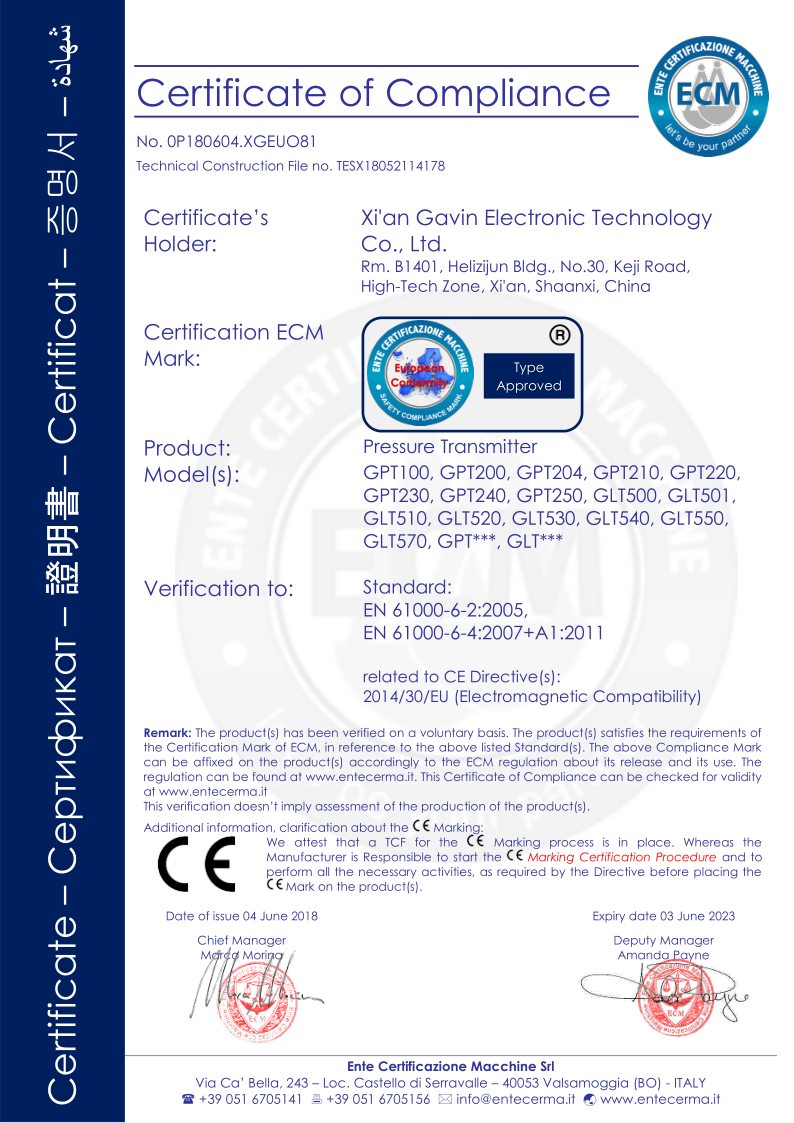
_1757930850792.jpg)
